Trucking & Technology: What to Watch for in 2018/2019
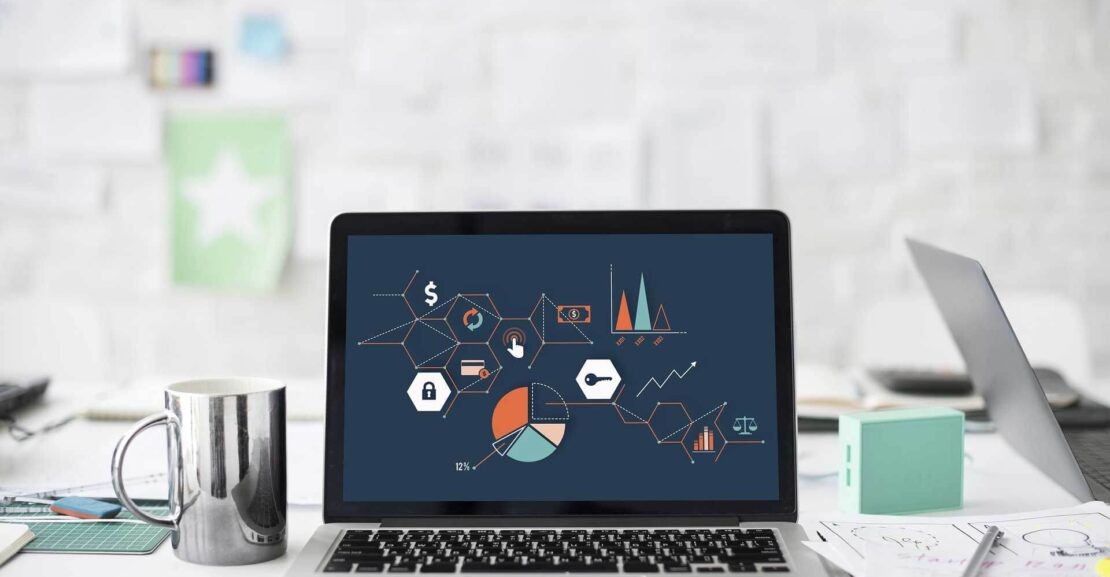
Fleet owners and truck drivers alike are always on the lookout for new technology to add to their rig that can make driving a safer and more enjoyable experience. In recent years, the industry has seen many advancements, but these are among the most exciting and the most promising.

1. Dynamic Routing
Dynamic routing allows for a fleet of any size to be managed in a way that optimizes a company’s team of drivers, helping them make the most of the people they have on their staff. Hershey’s is just one big company pushing this technology forward into a brighter future of wider adoption.
Before the introduction of Verizon Telematicstechnology, Hershey’s admitted to using many different systems just to monitor their 1200 delivery drivers. Now, with the new tech, the process is much more efficient and streamlined. Dynamic routing is promising with the ability to use data to inform drivers about the best path and adjust things as new information comes up, like traffic and weather.
Dynamic routingwon’t just make deliveries quicker for drivers, it will also cut back on unnecessary miles while saving time and ultimately making the most of the truckers we do have in the industry–which is important since the driver shortage is expected to grow in the coming years.
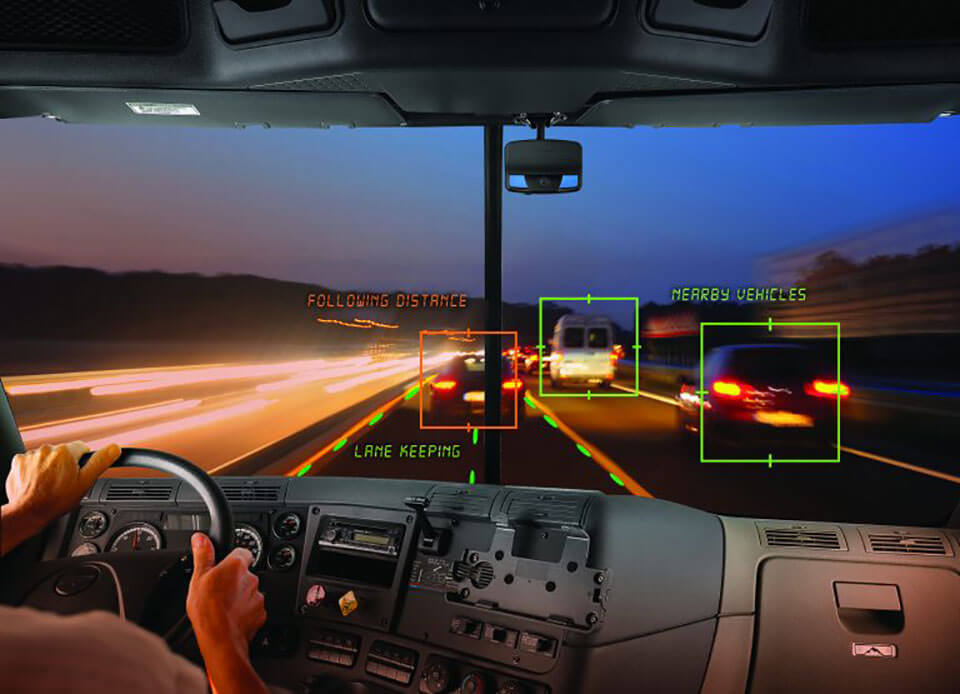
2. Forward-looking Camera Systems
Lytx is just one of many truck video systems providers, and the technology is expected to see more and more added functionality as time passes. Things like live-streaming from an outside, front-facing camera can improve safety and visibility for truckers. An in-cab camera system is now pretty standard for many drivers, but vehicle video systems are certainly getting an upgrade as cameras and technology improve.
Image processing, lighting, and high-definition capture are all getting a boost as the digital camera industry pushes forward. Meanwhile, the systems are getting smaller and smaller in size, making them less obtrusive, and they’re getting more affordable.
By far, the number one reason why such video systems are used is to help protect drivers during accidents and incidents of all kinds, whether they happen on private property, public property, or on the road. Averitt Express and Knight-Swift Transportation are just two companies to continuously support this technology, frequently updating their truck systems as new options become available.
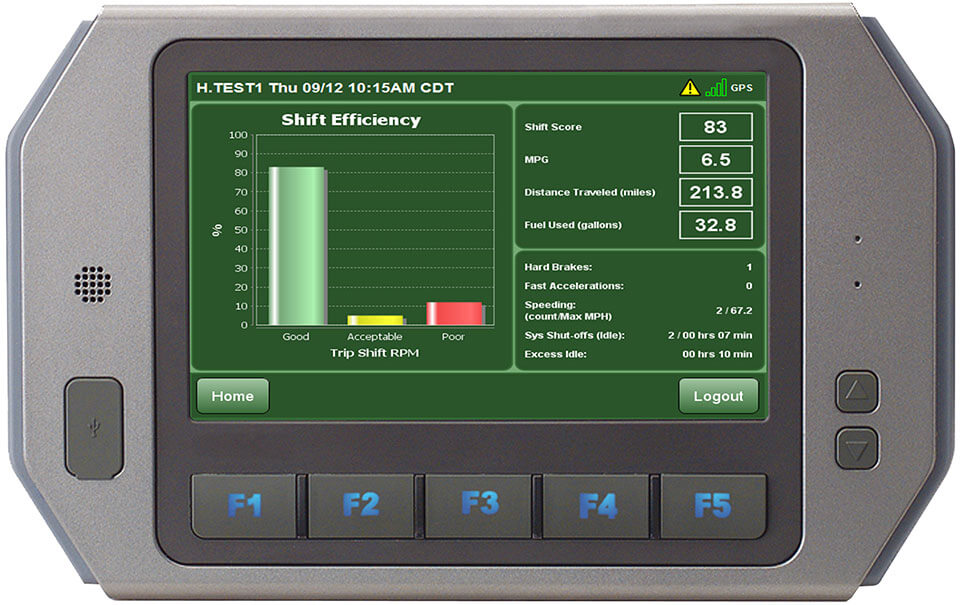
3. Driver Scorecards
With new technology like camera recognition, driver scorecards are getting much more intelligent. This is really an example where multiple technologies have come together to overlap and complement one another. Scorecarding has really taken on a gamified approach, which is all the rage in workplace studies today, but it actually dates back to the late 2000s.
However, 2018 technologyis putting a new twist on the concept of scorecarding, making it more effective and useful. Scorecards are able to show drivers patterns and call them out on bad behaviors, like hard breaking or fast acceleration that could indicate reckless driving along with undue wear and tear on their vehicle. Many fleet managers use scorecards to hand out a weekly report.
The reasons for implementing this technology are many, but at the top of the list is actually gas mileage. It’s well-known that, no matter the fuel economy of a truck, about 20% to 30% of the variable at play is going to be the truck driver behind the wheel. Poor driving can burn extra fuel, meaning that scorecarding can help improve driving and, therefore, save on gas.
“Driver scorecards have become more sophisticated, taking a more positive approach and including smarter, more advanced functionality … driver fuel-efficiency scoring technology acknowledges that comparing mpg of one fleet truck to another is often apples to oranges. For driver coaching, Vnomics takes into account the type of load, the truck itself, and transmission shifting data to score a driver more accurately and fairly based on actual vs. potential mpg achievable with a given truck.”
Truck video systems are also beginning to be integrated with this technology.
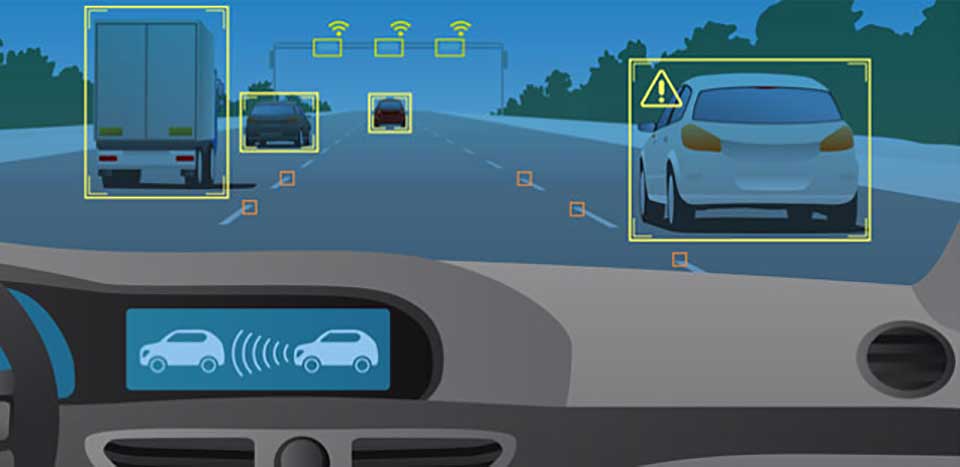
4. Collision Mitigation Technology
With collision mitigation technology, a truck’s systems are capable of overtaking control of the wheel in the event that an object has been detect and impact is imminent. When it comes to public safety and profitability, this is a very big deal and potentially a very useful system.
While some similar technology has begun to be integrated into trucks and consumer cars alike, it will be some time before autonomous driving develops enough for a complete emergency takeover to be programmed into trucks. This is definitely something to look forward to in the coming years but, for now, truckers can enjoy the safety of ever-improving features like emergency breaking, lane departure alerts, and intelligent cruise control.
Advanced collision mitigation systems will need to incorporate additional sensing technology in order to monitor for potential obstacles and come up with a safe means of avoiding the obstacle. Developers are also working on significantly cutting down on the false positives that systems of the past were really prone to.
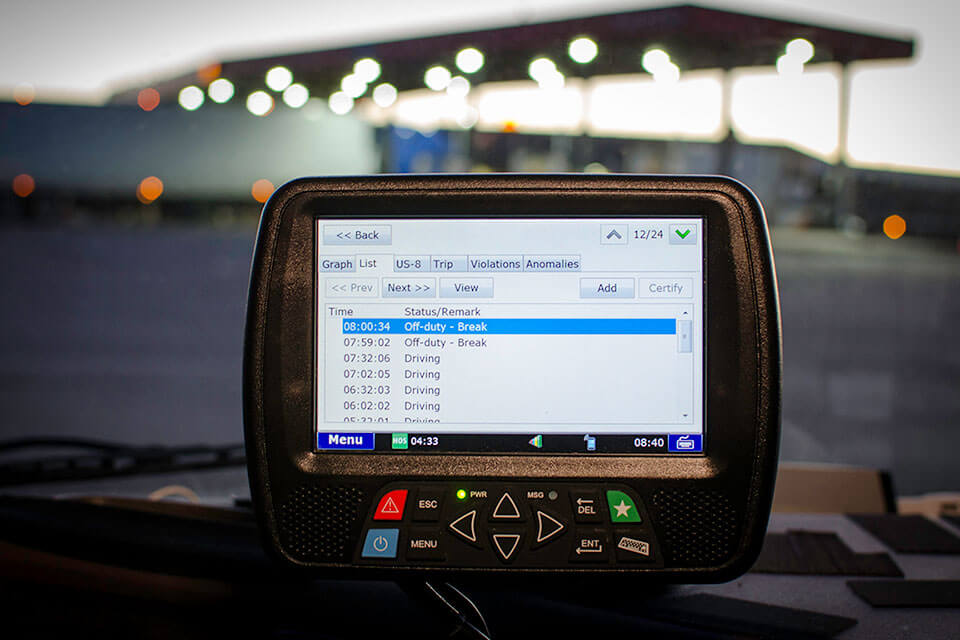
5. Electronic Logging Devices
Electronic logs have some mixed reviews, but in general, fleet owners see them as a way for the trucking industry to be forced to treat drivers properly–at least, that’s what Steve Rush, owner of Carbon Express, believes. With new systems in place to record a truck driver’s HOS, they are able to make sure that vehicles and drivers are operating within the requirements and restrictions created by the Federal Motor Carrier Safety Administration.
“With a deep trucking pedigree himself, Rush recalled driving long before the days of electronic logs, once with a job driving a truck 19 hours a day Monday-Friday, 14 hours on Saturday and four on Sunday. ‘I had so many accidents,’ Rush said. ‘I rolled my first truck at 23—I fell dead asleep.’ He also spoke about cheating in keeping paper logs as a driver.”
He started his own business in 2008 and decided, “I had to change first, and then everybody else behind me had to change.” He switched from sleepers to day cabs and added multiple safety systems to his fleet. “In the ‘70s, I was so proud to drive a truck, but we went from a job that people actually wanted to a job that is considered a job of last resort.”
While Rush realizes electronic logs aren’t the end-all, do-all for safety, he feels they go a very long way in retrieving the dignity truck drivers had decades ago. And, this viewpoint parallels the widespread public opinion often held about truckers.
“The other danger to trucks out on America’s roadways is more pervasive: public perception. Studies from the Federal Motor Carrier Safety Administration and other government agencies have shown that when heavy trucks and passenger cars collide, it’s the passenger car driver’s fault a convincing majority of the time at about 70% or higher. But when onlookers and the public see such a crash, they tend to assume it was ‘that big truck’s fault’.”
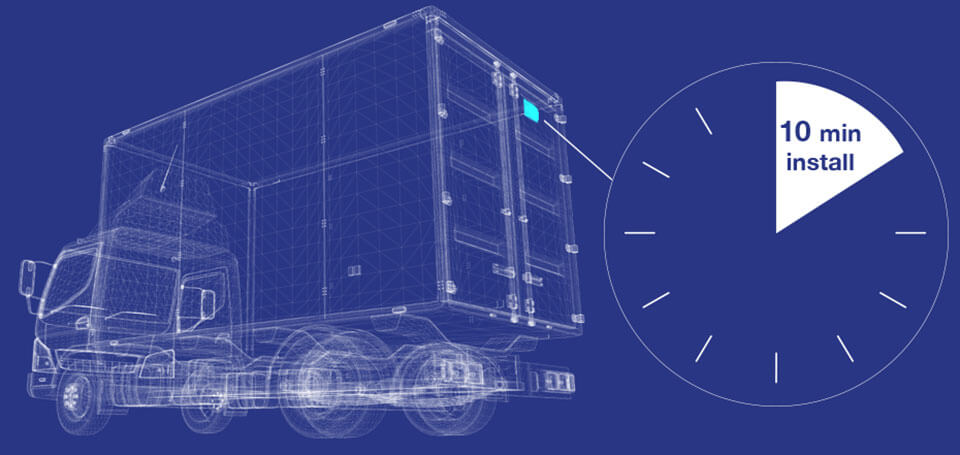
6. Trailer Tracking
Most people think about loss prevention when they consider asset tracking in the trucking industry. Adding a GPS tracking system allows fleet owners to know where a given trailer is, and it can warn them if a trailer is in a high-theft area, for instance, of alert them of the location if the trailer has been stolen.
While this technology has been around for quite some time, it is facing mass improvement in the age of IoT and Big Data. As just one example, BlackBerry launched a Radar tracking system last year that is able to provide analytics to a fleet owner, giving them information about trailer utilization, maintenance, and much more.
“They can look into their trailers and see how they’re being used, where they’re being used, and whether they’re full or empty,” says Paul Pirkle, president and CEO of Modagraficswho partnered with BlackBerry to innovate the technology.
“Modagrafics might work with a fleet to launch a local sales campaign that includes specific graphics on trailers, and BlackBerry’s Radar tracking system could monitor where those trailers go. The fleet, in turn, could watch for an uptick in sales around those locations.”
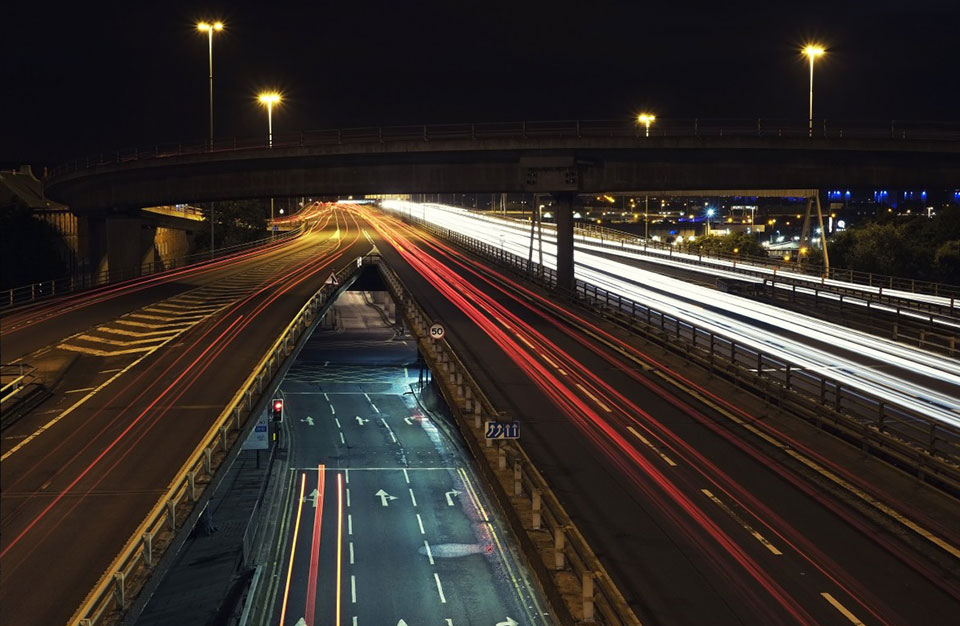
The Road Ahead
Many new technologies are on the horizon for 2018 and 2019, and truckers should know that it’s worth keeping an eye on the market to see what new integrations and features are becoming available that can ultimately improve safety and make their work more efficient.

